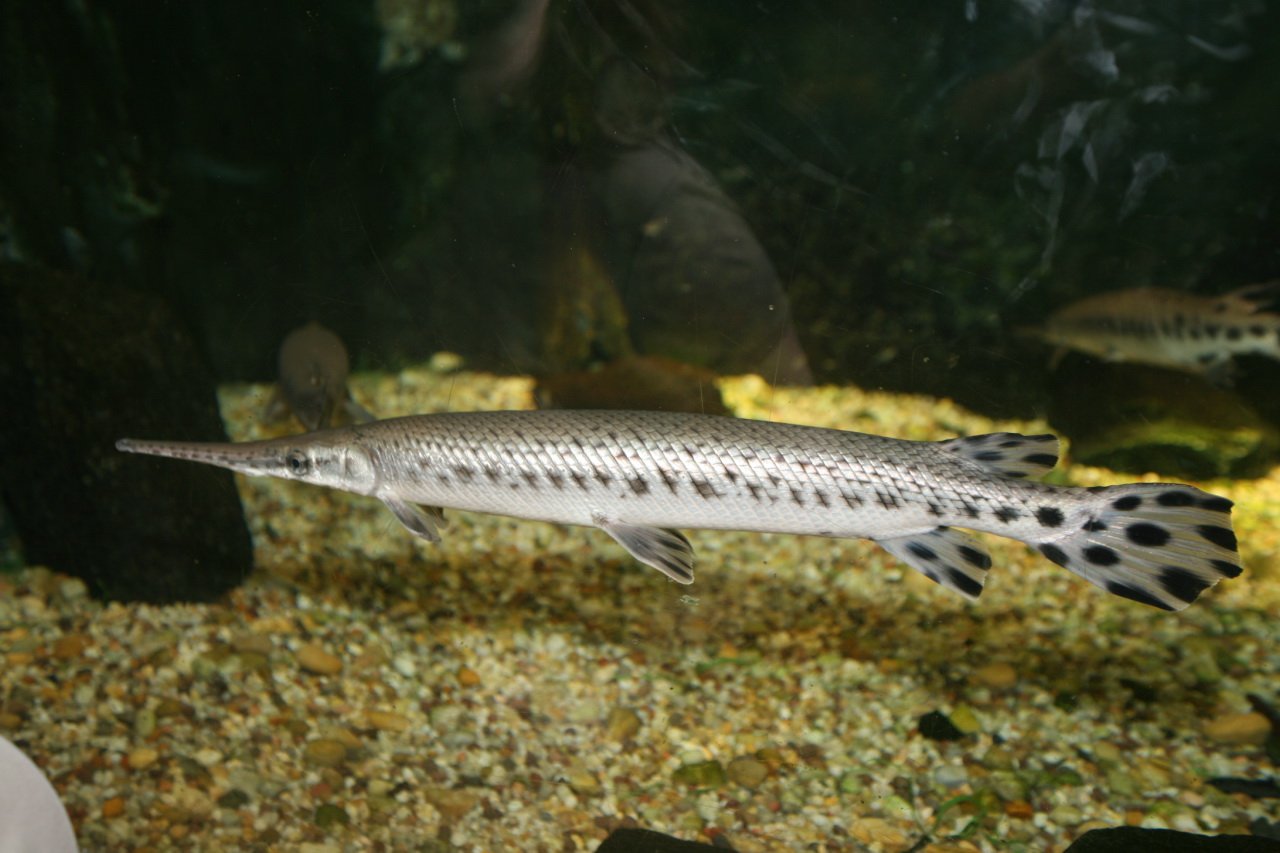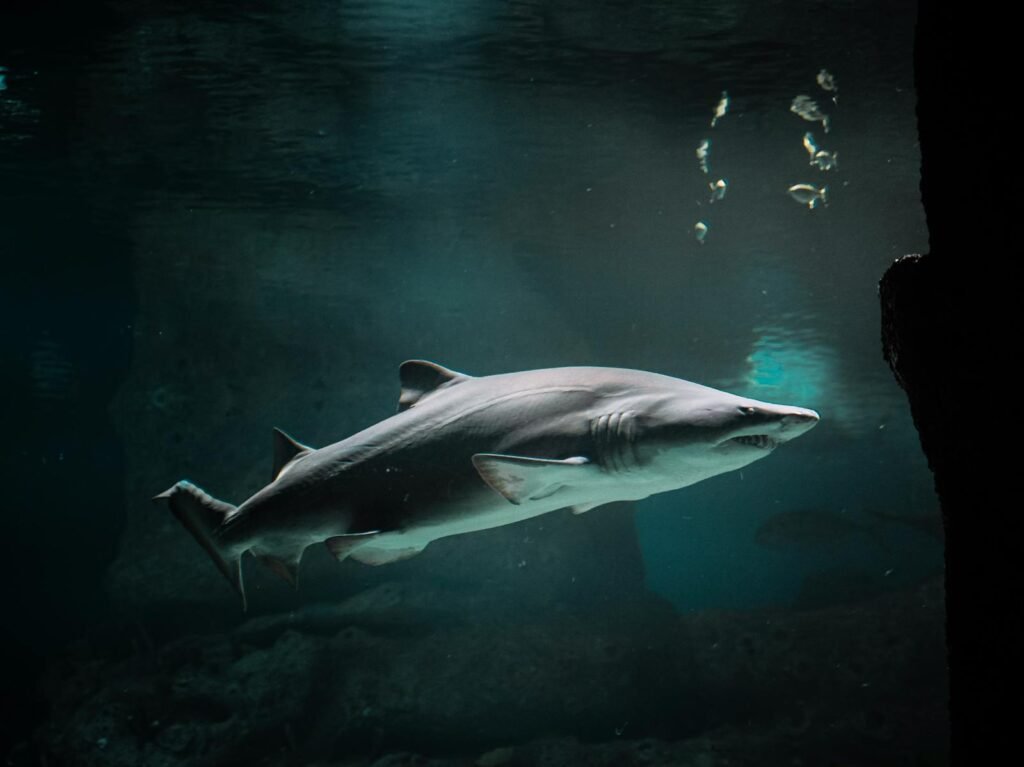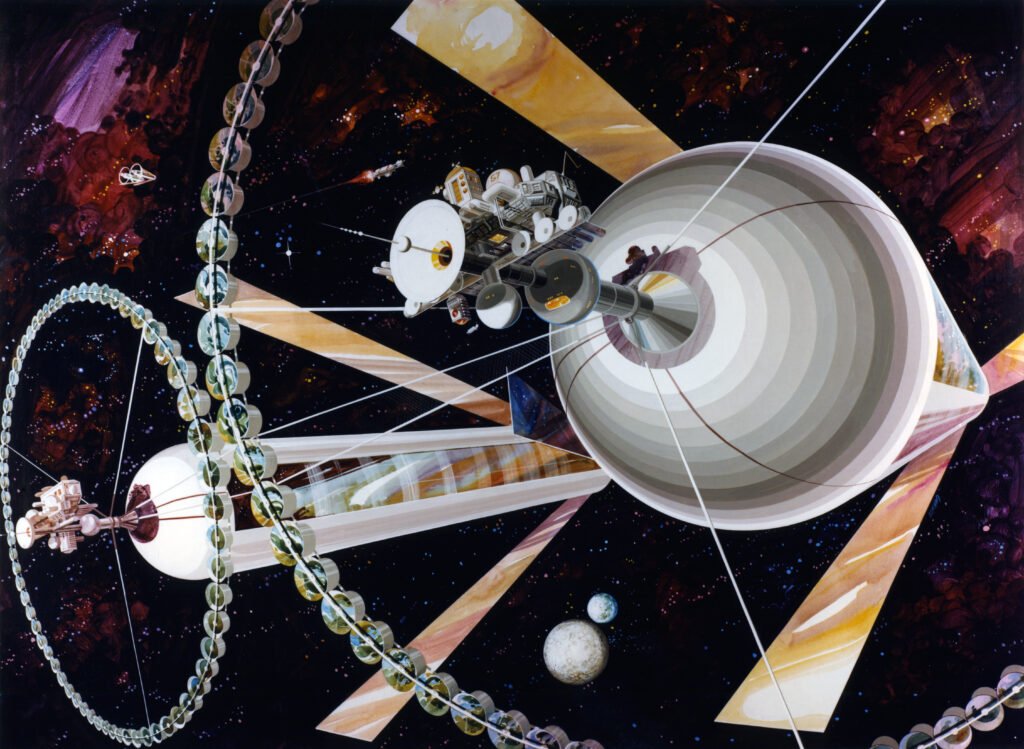Imagine plunging into the depths of the ocean and coming face to face with a creature that glides through the water with stunning speed and grace. Is it a shark? A dolphin? Or something entirely different? It’s both shocking and awe-inspiring to realize that, despite being separated by millions of years and entirely different family trees, animals that swim often end up looking remarkably alike. Convergent evolution, the unsuspecting force behind this phenomenon, is nature’s way of saying, “If it works, don’t mess with it.” But why do so many aquatic animals, from distant corners of the evolutionary tree, end up with such similar shapes? Prepare to dive into a world where evolution’s creativity is surprisingly repetitive—and where nature’s solutions to swimming are both elegant and eerily familiar.
The Magic of Convergent Evolution
Convergent evolution is one of the most fascinating tricks in nature’s playbook. It describes how unrelated species end up developing similar traits simply because they face similar challenges. In other words, when animals adapt to the same environment or function, nature pushes them towards the same solutions. This isn’t about shared ancestry; it’s about shared needs. For instance, dolphins and sharks are as related as you and a banana, yet both have streamlined bodies and dorsal fins. That’s not a coincidence—it’s convergent evolution in action. It’s as if nature is solving the same puzzle over and over, always arriving at the same answer. This phenomenon is a powerful reminder that, in the battle for survival, certain designs just work better than others.
Why Streamlining Rules the Water
Water is a tough environment to move through; it’s dense and offers a lot of resistance. That’s why streamlining is the name of the game for aquatic animals. When you look at the bodies of fish, dolphins, penguins, or even extinct marine reptiles, you’ll notice a common torpedo-like shape. This form allows creatures to slice through water with minimal drag. Not having a streamlined body in the ocean is like trying to run through molasses in a puffy winter coat—slow and exhausting. Over millions of years, evolution has favored animals with bodies that minimize resistance, resulting in the familiar sleek look we see across so many species that call the water home.
Fins, Flippers, and the Same Old Solutions
It’s almost comical how many swimming animals end up with similar “props”: fins and flippers. Sharks, whales, and sea turtles all have variations of these appendages, even though their ancestors looked nothing alike. Fins and flippers provide stability and steering, much like the rudders and wings on an airplane. The fact that so many species independently evolved these structures is a testament to their effectiveness. Imagine if every car manufacturer, without ever meeting, ended up building vehicles with the same aerodynamic spoilers—it’s proof that some solutions are simply too good to ignore.
The Case of the Dolphin and the Shark
Perhaps the most famous example of convergent evolution in aquatic animals is the striking similarity between dolphins and sharks. Dolphins are mammals, while sharks are fish, yet their body shapes are nearly identical. Both have a pointed snout, a dorsal fin, and a powerful tail. These similarities aren’t because they’re cousins; it’s because the ocean rewards this body plan. Both predators need to swim fast, chase prey, and maneuver with precision. So, evolution handed them the same toolkit, even if the tools were built from different starting materials.
Birds, Reptiles, and Mammals Take the Plunge
It isn’t just fish and marine mammals that converge in design; birds and reptiles have joined the club too. Penguins, for example, are birds that “fly” underwater with flipper-like wings. Meanwhile, the extinct ichthyosaurs, reptiles that lived during the time of the dinosaurs, evolved to look uncannily like modern dolphins. Even sea snakes, which slither through the water, have evolved paddle-shaped tails that resemble those of fish. No matter where an animal starts on the evolutionary tree, if it spends enough time in the water, it’ll likely pick up the same set of “swimming gear.”
Nature’s Blueprint: The Fusiform Body Plan

Biologists use the word “fusiform” to describe the ideal shape for moving through water—a body that is tapered at both ends, thickest in the middle, and smooth all over. This blueprint pops up again and again. Tuna, dolphins, ichthyosaurs, and even some insects that swim have adopted this design. The fusiform shape is like a universal cheat code for aquatic life. It reduces drag and helps maintain speed with less effort—a critical advantage when survival depends on catching prey or escaping predators.
Limbs Reimagined for a Watery World
What’s even more fascinating is how different animals have transformed their limbs for swimming. Whales started with land-dwelling ancestors that had legs, but over millions of years, those limbs flattened into flippers. Sea turtles accomplished the same transformation, but from a completely separate starting point. Meanwhile, seals took an in-between route, keeping some ability to walk on land but developing webbed flippers for swimming. Each group’s limbs are built from different bones and muscles, yet the final result looks surprisingly similar. This is convergent evolution working its magic at the molecular level.
Camouflage and Color: Underwater Copycats

Beyond body shape and limbs, convergent evolution also influences color and camouflage. Many open-ocean animals, like sharks and dolphins, have a dark back and a lighter belly. This helps them blend in from above and below, making it harder for predators or prey to spot them. The same coloration is seen in countless unrelated species, from penguins to certain squid. It’s as if the ocean hands out a “standard uniform” for survival, and everyone lines up to get fitted.
Respiration: Gills, Lungs, and Holding Breath
Breathing underwater presents a unique set of challenges, and evolution has found several ways to tackle it. Fish use gills, extracting oxygen directly from the water, while mammals like whales and dolphins have to surface to breathe air. Some turtles can absorb oxygen through their skin when they’re underwater, and certain amphibians do the same. Despite their different methods of respiration, all these animals have evolved to maximize their time underwater, showing that there’s more than one way to adapt to aquatic life—even if their bodies end up looking alike on the outside.
Eyes Wide Open: Vision Beneath the Waves
Seeing underwater is not as simple as it sounds. Water bends light differently than air, so animals that swim often evolve large, round eyes to capture more light. Many also develop a special layer behind the retina that boosts night vision, helping them hunt or avoid danger in the dim ocean depths. From seals to deep-sea fish, the convergence in eye structure is another example of how similar challenges lead to similar evolutionary inventions. Even though some started out with very different eyes, necessity pushed them toward the same solution.
When Convergent Evolution Breaks the Mold
While convergent evolution often leads to striking similarities, there are always a few rule-breakers. Some aquatic creatures, like jellyfish or sea dragons, have taken completely unique paths. They don’t look like your typical streamlined swimmer, yet they survive using different tricks—drifting with currents or blending in with seaweed. Still, the overwhelming majority of powerful swimmers end up resembling each other, showing just how persuasive certain evolutionary pressures can be.
A Symphony of Similarities

The next time you visit an aquarium or watch a nature documentary, take a closer look at the creatures gliding through the water. The similarities you notice are not just a coincidence—they’re the result of millions of years of trial and error, with nature repeatedly landing on the same answers to the challenge of swimming. Convergent evolution reminds us that, no matter how diverse life on Earth may be, the same problems often inspire the same solutions. Isn’t it amazing how evolution’s creativity can be both wildly diverse and surprisingly repetitive?




